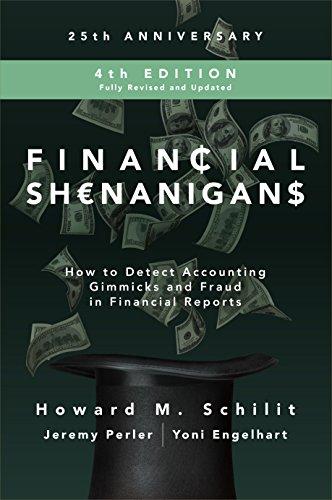Question
Janelle Higgins has decided to start her own event planning business (JH Events) in the upcoming year. She believes that she has an innovative business
Janelle Higgins has decided to start her own event planning business (JH Events) in the upcoming year. She believes that she has an innovative business model and is seeking a business loan. Therefore, Janelle is in the process of putting together a business plan. As part of her business plan, Janelle must include forecasted financial statements for the first 5 years. The forecasted financial statements to be included are: Income Statement, Balance Sheet, and Statement of Cash Flows. Janelle must also include a set of calculated ratios along with an overall assessment on the projected health of the company.
Forecasting Assumptions
- First year sales are projected to be $150,000 and grow 3% for the next two years and 5% in year 4 and 5.
- Cost of sales are projected to be 45% of revenue in the first year and is expected to grow at the same rate as sales.
- Advertising expenses are projected to be 4% of each years projected revenue.
- Janelle will need to rent equipment for the events she puts on. She has an agreement with a rental company for a flat rate of $500 per month and is sufficient to cover all of her estimated events. Starting in Year 3, she expects to be able to handle more events and the rental rate will increase to $750 per month.
- Janelle plans to start off by hiring 2 people to work the events with her. Each person will be paid $100 per event and is expected to work 4 events per month. After Year 3, Janelle plans to hire 2 additional people. (At this point, each person will be paid $100 per event and is expected to work 3 events per month).
- Office rent is estimated to be a flat rate of $1,200 per month.
- Utilities for the rented office space are estimated to be $300 per month.
- The office space Janelle plans to rent is unfurnished. She plans to purchase $15,000 worth of furniture and fixtures at the beginning of Year 1. The furniture and fixtures will have a useful life of 15 years. Janelle will also need to buy some computers and other office equipment that she will purchase for $10,000 also at the beginning of Year 1. The office equipment will have a useful life of 5 years. Both the furniture and fixtures as well as the equipment will be depreciated on a straight-line basis (Assume zero salvage value for calculations). HINT: Fixed Assets Accumulated Depreciation = Net Fixed Assets
- Janelle is asking for a 3-year bank loan for $60,000 to be funded on Day1 of Year 1. The estimated interest on the loan is 3% (assume simple interest). She will pay the loan back in $20,000 installments starting in Year 2. Interest is due at the end of each year and paid in January of the following year. (Assume interest is paid on the principal balance still outstanding at year-end).
- The tax rate for JH Events is 35%. Taxes for the year just ended are paid in the first quarter of the following year.
- Janelle will invest $30,000 of her own money and from family and friends, before the beginning of the year, to start the business. This $30,000 investment of capital is also the beginning bank balance of Year 1.
- Schedule of expected year-end balances of selected accounts:
| Year 1 | Year 2 | Year 3 | Year 4 | Year 5 | |
| Accounts Receivable | 10,000 | 12,000 | 8,000 | 6,000 | 10,000 |
| Accounts Payable | 2,000 | 4,000 | 5,000 | 6,000 | 9,000 |
| Customer Deposits | 1,500 | 2,000 | 3,000 | 4,000 | 5,000 |
- At the end of Year 2, Janelle will purchase an insurance policy to help cover the business. The policy has a term of 3 years and coverage starts at the beginning of Year 3. The policy costs $12,000.
- During Year 3, Janelle plans to personally invest $10,000 of additional capital into the business.




Step by Step Solution
There are 3 Steps involved in it
Step: 1

Get Instant Access to Expert-Tailored Solutions
See step-by-step solutions with expert insights and AI powered tools for academic success
Step: 2

Step: 3

Ace Your Homework with AI
Get the answers you need in no time with our AI-driven, step-by-step assistance
Get Started


